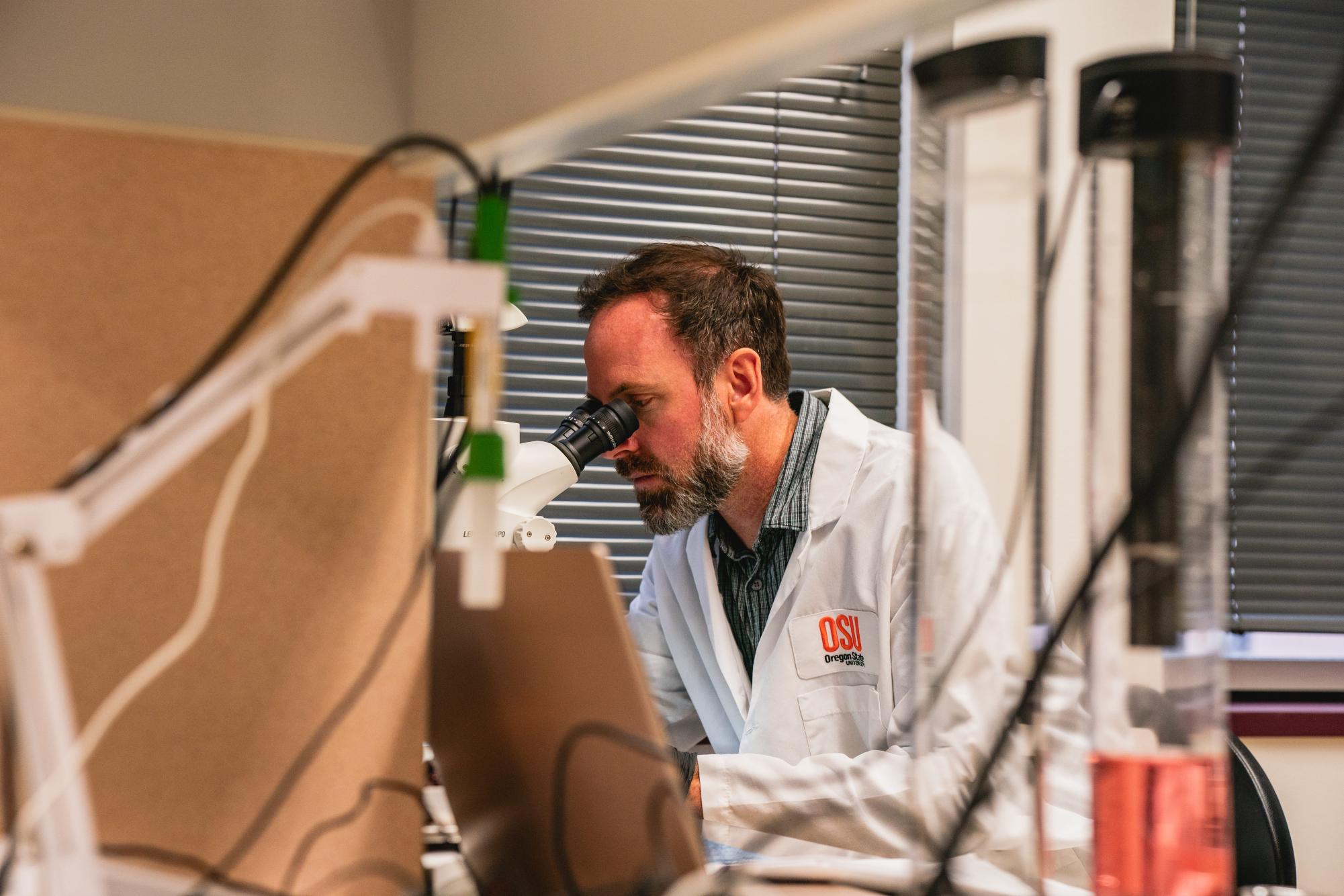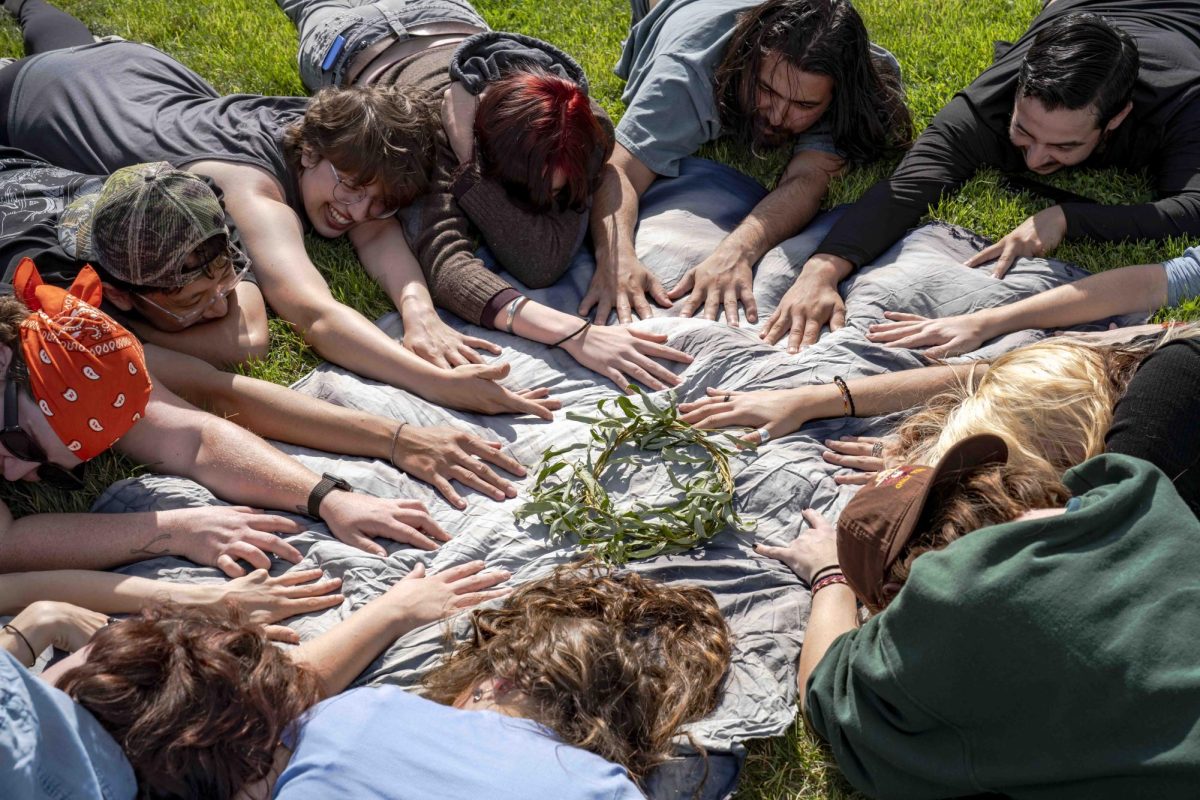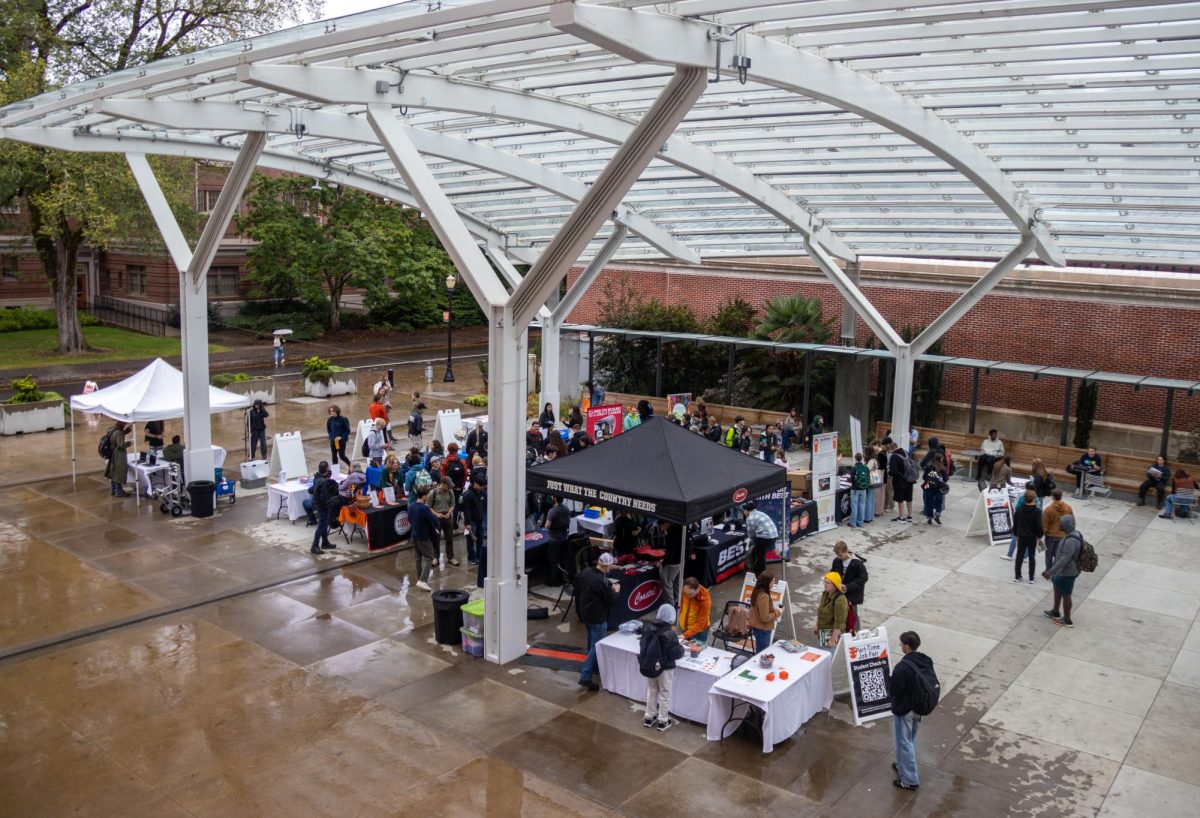In 1956, the U.S. Department of Agriculture, in cooperation with Oregon State University’s berry breeding program, produced and released a cultivar of blackberries called “marion,” also known as marionberries.
Marionberries and blackberries are similar in color, shape and size. However, marionberries are a type of blackberry, unique in flavor and are considered “less seedy” than other berries.
Since marionberries were grown in Marion County, Ore., they chose the name ‘marion’ for the newly developed berry. But marionberries aren’t the only type of berries grown in Oregon.
“The Pacific Northwest produces a very large share of processed berries,” said Scott Lukas, associate professor in horticulture and head of the berry breeding program at OSU. “Oregon berry crops are noted for their high quality, including color, flavor and texture.”
Even though a large number of blueberries, blackberries and black raspberries grow in Oregon, they are also grown in other parts of the Pacific Northwest. Lukas says that in order to remain in competition, berry growers in Oregon need to make sure their berries stand out in both quality and texture.
The horticulture department at OSU, in cooperation with the USDA, has made it their goal “to develop small fruit cultivars that meet the needs of the Northwest commercial small fruit industry.”
To achieve this, the berry program works to perfect the flavor and ensures the crops can resist pathogens and tolerate heat and are firm enough to be harvested using machinery. The program also works to maintain sustainability for farmers in the Pacific Northwest.
These berries are grown right here in Corvallis, on OSU’s Lewis Brown farm and also at OSU’s North Willamette Research and Extension Center (NWREC) in Aurora, OR.
“In addition to conventional breeding efforts, the USDA breeding program also pursues genetic research studies aimed at exploring the underlying genes that contribute to improved pest and fruit quality,” said Michael Hardigan, research geneticists for USDA-Agricultural Research Service.
After the berries are fully harvested, the “berries that are promising” get sent to OSU’s department of food sciences for further “evaluation of additional characteristics of the fruit,” added Lukas.
“The breeding program welcomes opportunities for collaboration with stakeholders in the food and beverage industry interested in utilizing improved berry varieties with new or unique flavors for experimentation and product development,” said Hardigan about the USDA/OSU collaboration program.
Currently the breeding program is focusing on a variety of berry crops including blueberry, red raspberry, black raspberry, blackberry, strawberry, kiwiberry, cranberry, table grapes and wine crops.
In addition they work on irrigation, nutrient management, pruning and training, biostimulants, weed control, molecular tools, production efficiency and other physiology-based projects said Lukas.
The overall research of this program is aimed at “(addressing) needs and challenges faced by the respective berry industries of the Pacific Northwest,” said Lukas.














